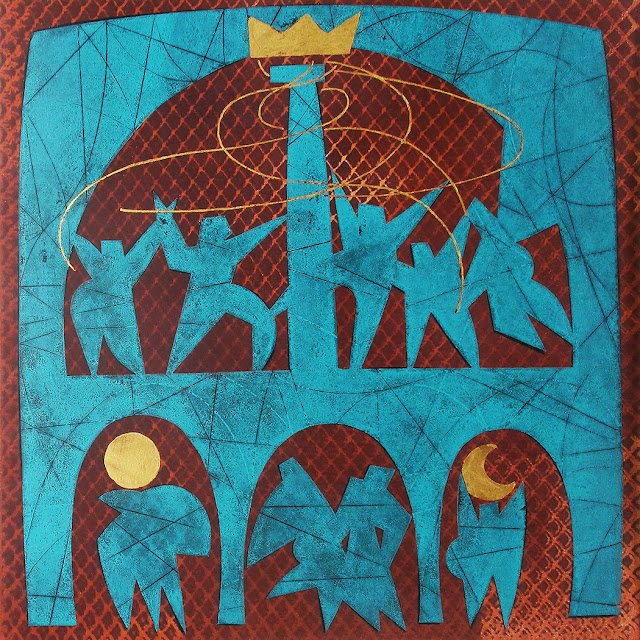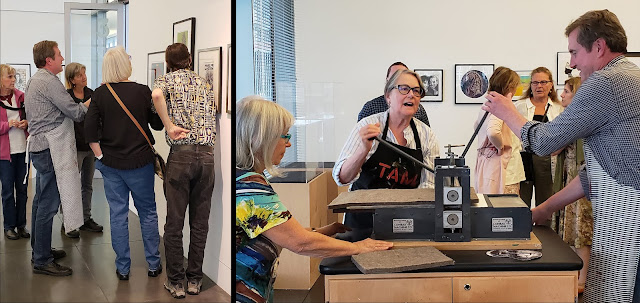Pazzi, Sacred Circle

"Pazzi, Sacred Circle" by Brian Fisher, original digital print Filippo Brunelleschi designed the Pazzi Chapel, part of the Basilica di Santa Croce in Florence, Italy as a perfect space, a circle within a square with harmonious vertical proportions, for Andrea de’ Pazzi in 1429. The vibrantly glazed terracotta dome beneath its portico was created by Luca della Robbia and is the inspiration for my original digital print Pazzi. Today the chapel is used as the chapter house by Santa Croce friars.





